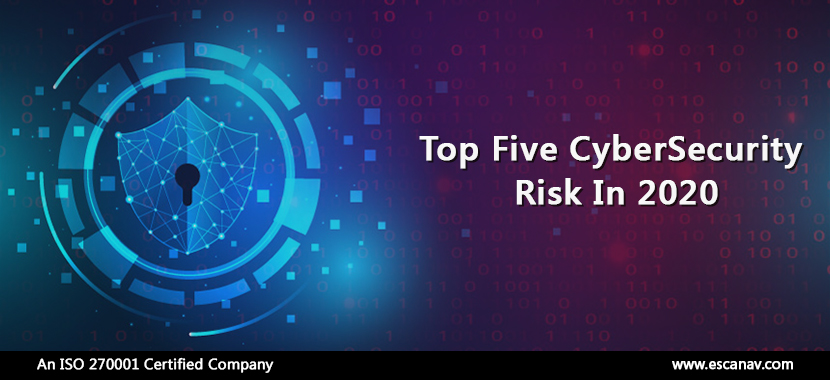2019, by all means, went down as one of the worst years in the history of cybersecurity. As we have previously shared, findings from the Ponemon Institute’s Data breach report of 2019, the average cost of a data breach increased exponentially and has reached close to $4Million, which is also the highest on record. With nearly 4.1 Billion records being exposed, the number of breaches has also risen by 54% only in the first half of the last year.
Needless to say, consumer and regulatory bodies are holding companies accountable for the breaches that have exposed their data to the world. This trend has seen a steep drop in consumer’s online engagement with the brand as an effect of the said data breach, which concludes that the brand erosion and reputation damage that occurs as a result of a breach is likely to add to the costs of a data security incident. A growing regulatory trend that collectively raises the importance of data security in the coming years is indicated by regulatory oversights like GDPR and CCPA.
Today’s expansive threat landscape can feel overwhelming to those who are responsible for protecting the company’s data, leading to increased levels of exhaustion and burnout. However, not all the threats are so farsighted, as some are more likely to be ominous than others.
Our experts have listed the 5 cyber risks that can endanger company data in 2020.
Phishing Scams
Irrespective of the corrective measures being taken by the technological domain, phishing scams are still making their way into employees’ inboxes putting the company’s data at risk. Sadly, the flood of data that is available from the past and is being repurposed to craft authentic-looking messages that are highly difficult to detect. In the coming time, there are chances increased personalization and other deceptive tactics like HTTPS encryption, will become normal, increasing the impetus for companies to provide awareness training so they become aware of the threats that may land in their mailboxes.
Insider threats
One of the most significant data security threats that are lurking in the office or cubicle next door would be insider threats. Employees represent a significant threat to data security and it is estimated that one-third of all the threats are caused by insider threats. These threats are further classified into intentional data theft, accidental sharing, and other data disclosure methodologies that need to be addressed carefully in the coming time.
With a wide range of employee monitoring and Endpoint protection tools, organizations can be well equipped to fight against insider threats. In order to ensure integrity, securing data against this known variable is critical, since the consequences of a data breach might escalate.
Exposed Databases
The newest trend for SMB’s and enterprises is Cloud computing. A vast majority of businesses are moving their data and businesses to the cloud, which gives an opportunity for threat actors to attack for data exposure. Due to this technological oversight, there can be severe consequences for data security.
In the time to come, organizations need to understand that technological advancements can’t come at the expense of data security. Locking down these resources are often very simple as checking and rechecking the critical company data is password protected and the systems are not open for anyone to access.
Fatigued IT Admins
Even when cybersecurity professionals are fighting against various cyber-attacks, both from internal and external sources, these bad actors only need one chance to succeed and inflict damage to an organization. Consequently, cybersecurity professionals end up burning themselves out and as a result, they even tend to quit their profession. The problem is not limited to just the lowest rung but it emanates right through to the top level of the organization.
This high stress and high-turnover environment put data at a high level of risk since a lack of continuity and unfulfilled positions create an environment that is conducive for a hacker to conduct his illicit activities. To address this, organizations need to prioritize automation as much as possible, this way they can protect the organization and organizational assets from both internal and external threats without inundating cybersecurity staff with a continual deluge of risks to assess.
Wrong Priorities
In this digital age, data loss is one of the greatest threats that companies are facing, while there is evidence that c-suite executives are failing to appreciate the risks. A rising number of organizations have reported both data breaches and data losses over the past years. However, only a few of them were able to respond, while others suffered as they hoped their organization would make a quick recovery. These signs are evident to the fact, that companies and leaders should acknowledge and appreciate the growing consequences of a data breach.
2019 was undoubtedly not really a good year for data security and there are no real indications that it might get any better in 2020. However, the only differentiating factor would be if the companies identify potential threats and vulnerabilities and respond to them before they could cause any kind of harm.
To read more, please check eScan Blog







